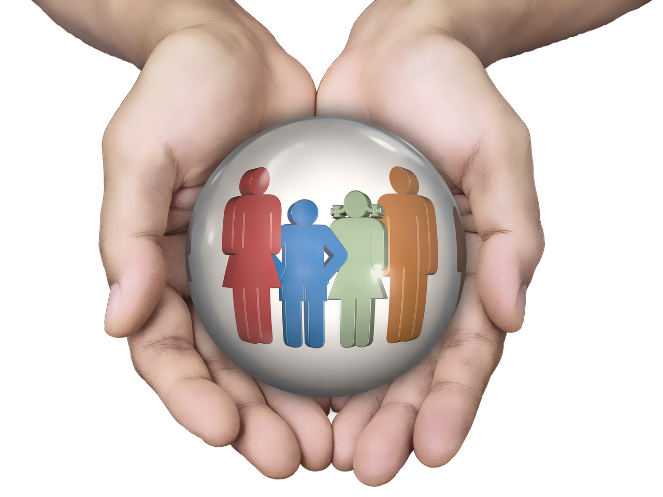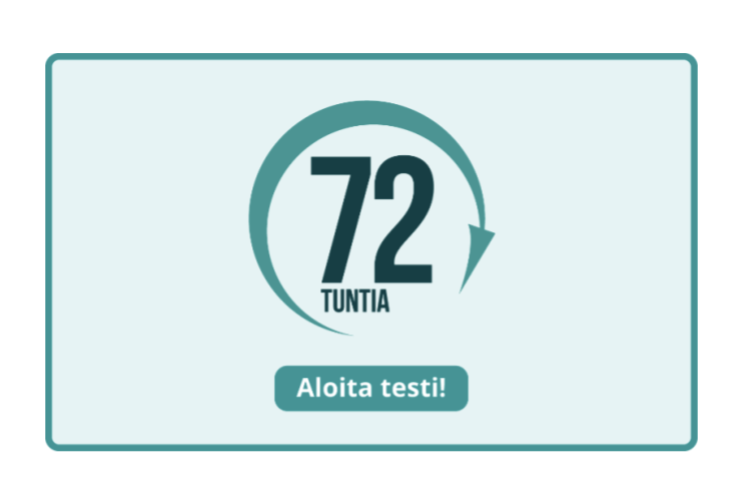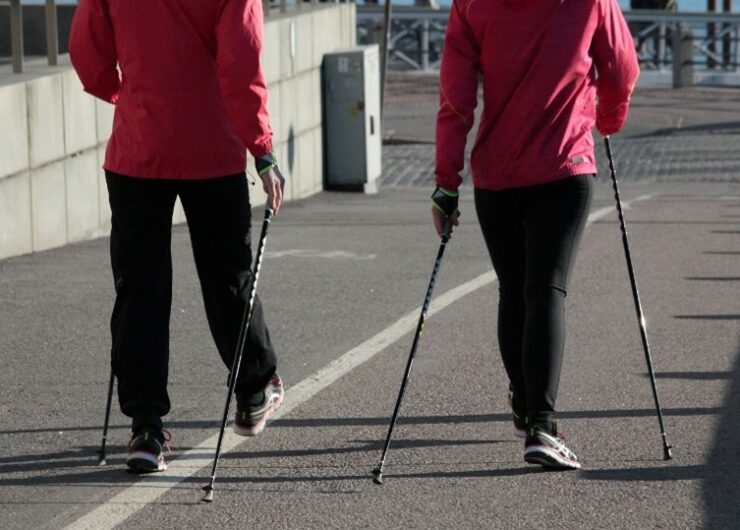Everyday security
Everyday security extends to almost all aspects of life and is experienced differently at different stages of life. The perception of safety is influenced by age, health, living environment, family relationships, economic situation and mobility safety, among other factors.
Ensuring safety in everyday life includes a range of practical measures, such as preparing for emergencies, promoting safe neighbourhoods and schools, following traffic rules, maintaining a healthy lifestyle and planning for financial security, for example through savings and insurance.

Everyone should be prepared for the possibility that an accident or emergency could disrupt their normal everyday life. Preparedness is prevention and practice in case a risk materialises.
Preparedness is about small everyday actions! Check out: preparedness at home_72 hours brochure
Home ownership includes:
- Water containers (clean and with lids)
- Food that is easy to prepare and suitable for everyone in the family
- Pet food
What else is good to have at home?
- Battery powered radio and batteries
- Battery-powered torch and batteries
- A backup power supply for charging your phone, for example
- Camping stove and matches
- Cash in hand
- Essential medicines
- Iodine tablets
- Hygiene products
- First aid supplies
- Hand-held fire extinguisher/extinguishing blanket
Test if you are a master of preparedness! Answer six skills and six knowledge questions to find out what level of preparedness you are!

Prevention of falls
One in three people over 65 and one in two people over 80 fall at least once a year. Falls can cause serious injuries such as hip fractures. These injuries cause human suffering and are expensive for society to treat. For these reasons, preventing falls is important. One in three falls and falls injuries in older people can be prevented by addressing the risk factors for falls Terveyskyla.fi
Ten ways to prevent falls – UKK-instituutti (ukkinstituutti.fi)
- Regular and varied physical activity
- Use of good footwear
- Using skid-resistant devices in slippery conditions
- Keeping your home environment safe
- Keeping your home and neighbourhood safe
- Varied and regular eating and drinking
- Adequate intake of vitamin D
- Avoiding heavy alcohol consumption
- Taking care of your health
- Taking up-to-date medication

